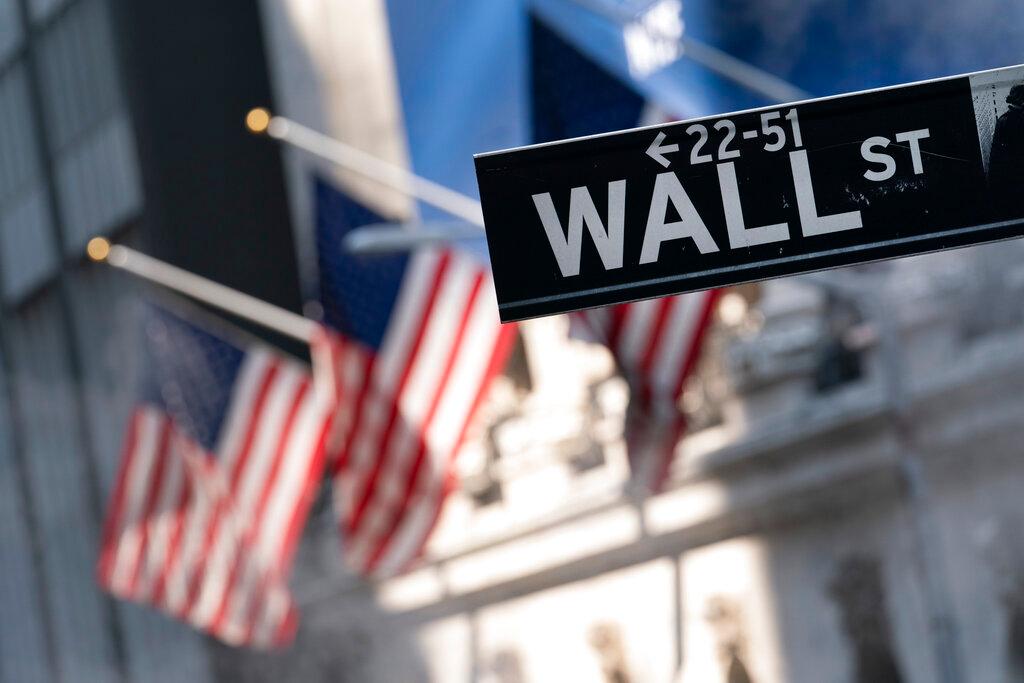World stocks fell from the previous session’s record highs, European stocks dropped, and Wall Street futures were down on Sept. 8 on caution over the pace of economic recovery, while the dollar hit one-week highs as investors pared down their exposure to riskier assets.
MSCI’s all-country world equity index fell by 0.34 percent after seven consecutive days of gains, while in Europe, the STOXX index of 600 European companies edged down by 2.76 points, or 0.58 percent, as of 6:52 a.m. EST on Sept. 8.





